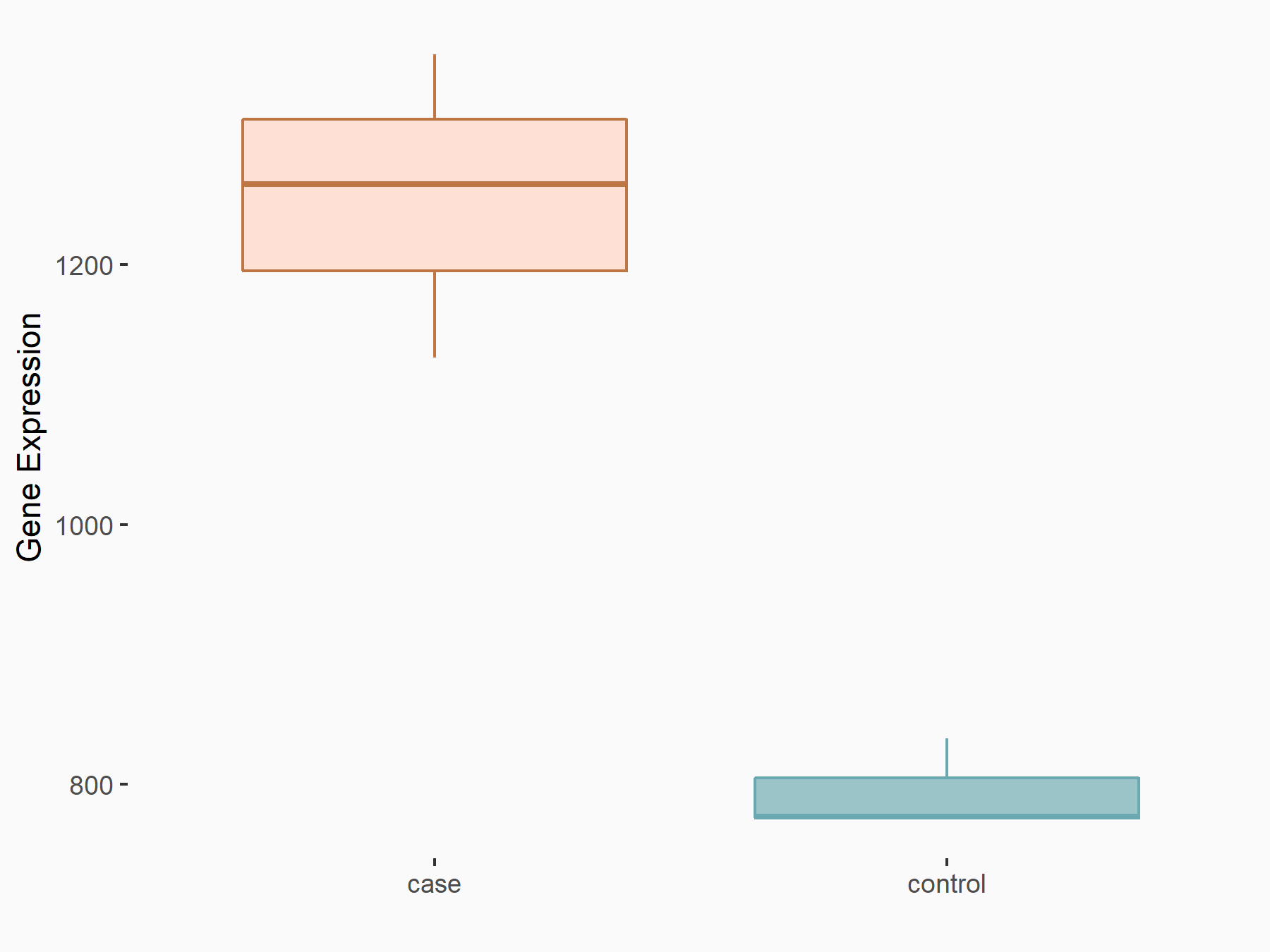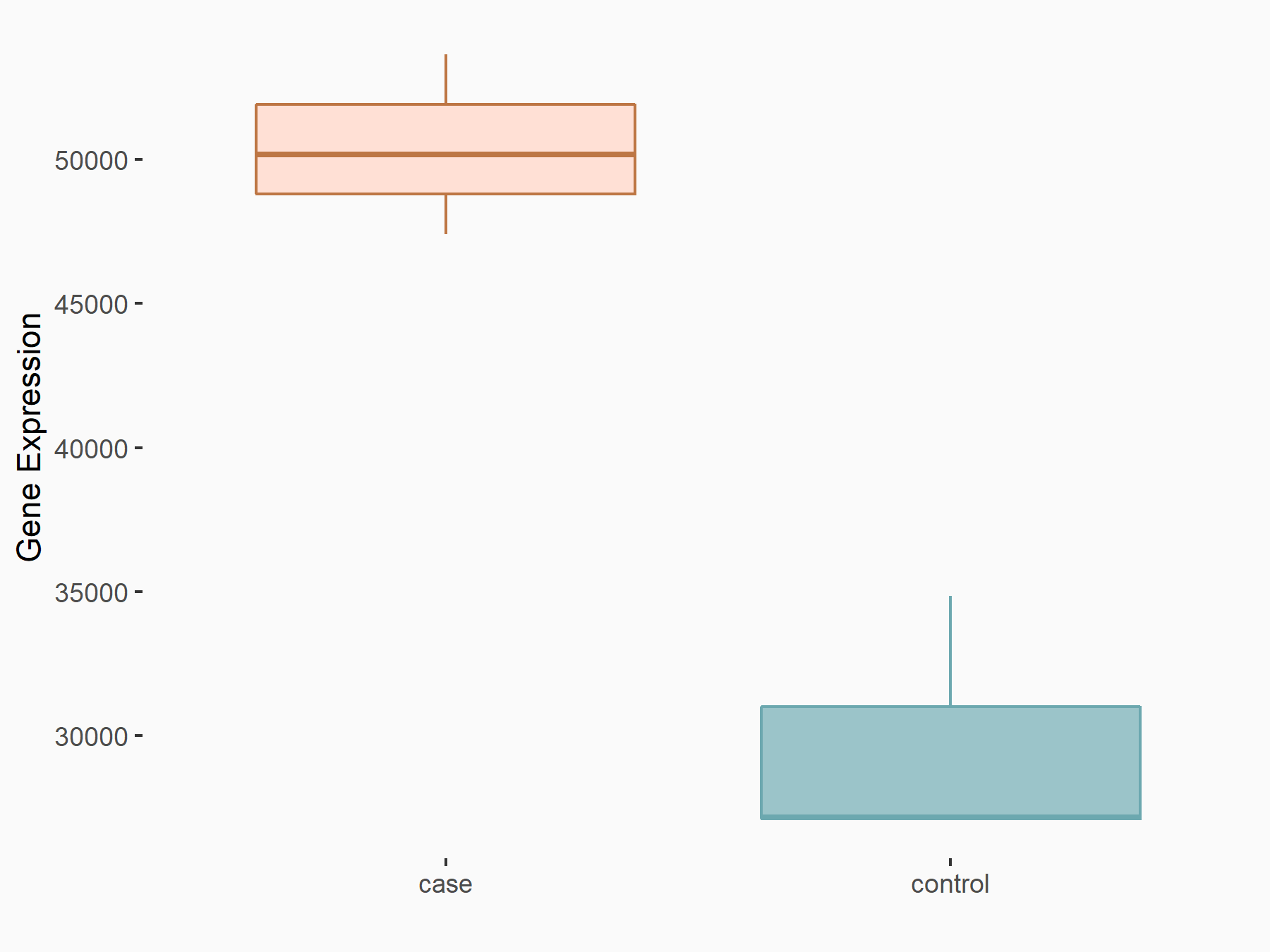m6A Target Gene Information
General Information of the m6A Target Gene (ID: M6ATAR00280)
Full List of m6A Methylation Regulator of This Target Gene and Corresponding Disease/Drug Response(s)
HSP90AA1
can be regulated by the following regulator(s), and cause disease/drug response(s). You can browse detail information of regulator(s) or disease/drug response(s).
Browse Regulator
Browse Disease
Methyltransferase-like 3 (METTL3) [WRITER]
| Representative RNA-seq result indicating the expression of this target gene regulated by METTL3 | ||
| Cell Line | HUVEC cell line | Homo sapiens |
|
Treatment: shMETTL3 HUVEC cells
Control: shScramble HUVEC cells
|
GSE157544 | |
| Regulation |
  |
logFC: 6.51E-01 p-value: 1.12E-03 |
| More Results | Click to View More RNA-seq Results | |
| Representative RIP-seq result supporting the interaction between HSP90AA1 and the regulator | ||
| Cell Line | MDA-MB-231 | Homo sapiens |
| Regulation | logFC: 1.19E+00 | GSE60213 |
| In total 1 item(s) under this regulator | ||||
| Experiment 1 Reporting the m6A Methylation Regulator of This Target Gene | [1] | |||
| Response Summary | m6A regulated cell proliferation by influencing apoptosis of U251 cells through regulating Heat shock protein HSP 90-alpha (HSP90/HSP90AA1) expression. m6A level was decreased in glioma tissue, which was caused by decreased METTL3 and increased FTO levels. | |||
| Target Regulation | Down regulation | |||
| Responsed Disease | Glioma | ICD-11: 2A00.0 | ||
| Cell Process | Cell migration and proliferation | |||
| In-vitro Model | U251 (Fibroblasts or fibroblast like cells) | |||
Fat mass and obesity-associated protein (FTO) [ERASER]
| Representative RNA-seq result indicating the expression of this target gene regulated by FTO | ||
| Cell Line | 253J cell line | Homo sapiens |
|
Treatment: siFTO 253J cells
Control: 253J cells
|
GSE150239 | |
| Regulation |
  |
logFC: 7.64E-01 p-value: 2.38E-12 |
| More Results | Click to View More RNA-seq Results | |
| In total 1 item(s) under this regulator | ||||
| Experiment 1 Reporting the m6A Methylation Regulator of This Target Gene | [1] | |||
| Response Summary | m6A regulated cell proliferation by influencing apoptosis of U251 cells through regulating Heat shock protein HSP 90-alpha (HSP90/HSP90AA1) expression.m6A level was decreased in glioma tissue, which was caused by decreased METTL3 and increased FTO levels. | |||
| Target Regulation | Down regulation | |||
| Responsed Disease | Glioma | ICD-11: 2A00.0 | ||
| Cell Process | Cell migration and proliferation | |||
| In-vitro Model | U251 (Fibroblasts or fibroblast like cells) | |||
Brain cancer [ICD-11: 2A00]
| In total 2 item(s) under this disease | ||||
| Experiment 1 Reporting the m6A-centered Disease Response | [1] | |||
| Response Summary | m6A regulated cell proliferation by influencing apoptosis of U251 cells through regulating Heat shock protein HSP 90-alpha (HSP90/HSP90AA1) expression.m6A level was decreased in glioma tissue, which was caused by decreased METTL3 and increased FTO levels. | |||
| Responsed Disease | Glioma [ICD-11: 2A00.0] | |||
| Target Regulator | Fat mass and obesity-associated protein (FTO) | ERASER | ||
| Target Regulation | Down regulation | |||
| Cell Process | Cell migration and proliferation | |||
| In-vitro Model | U251 (Fibroblasts or fibroblast like cells) | |||
| Experiment 2 Reporting the m6A-centered Disease Response | [1] | |||
| Response Summary | m6A regulated cell proliferation by influencing apoptosis of U251 cells through regulating Heat shock protein HSP 90-alpha (HSP90/HSP90AA1) expression. m6A level was decreased in glioma tissue, which was caused by decreased METTL3 and increased FTO levels. | |||
| Responsed Disease | Glioma [ICD-11: 2A00.0] | |||
| Target Regulator | Methyltransferase-like 3 (METTL3) | WRITER | ||
| Target Regulation | Down regulation | |||
| Cell Process | Cell migration and proliferation | |||
| In-vitro Model | U251 (Fibroblasts or fibroblast like cells) | |||